Last month, I finished reading the final (30th) volume of the monumental Correspondence of Charles Darwin. This collection comprises all know surviving letters both from and to Charles Darwin from his childhood to his death, age 73, in 1882. Complete with meticulously researched editorial footnotes for every letter, and also available in its entirety free online, the work carried out by the now disbanded Darwin Correspondence Project will, it is to be hoped, set the standard for how such projects ought to be carried out in future.

Owning, and actually reading, Darwin’s complete correspondence had been a bucket-list item for me ever since I heard of its existence back in 1993. I immediately ordered the first eight volumes, which were all that had been published at the time. These books do not come cheap. My local bookshop was so delighted with my impressive initial order that they opened early, letting me in through the back door so I could load the heavy books into the boot of my car. I ended up buying almost all the subsequent volumes from the same bookshop. Look after your local bookshop, and it will look after you!
I devoured the first eight volumes of correspondence, which covered Darwin’s childhood; his education at Edinburgh and Cambridge universities; and his five-year voyage around the world aboard HMS Beagle. Darwin then spent a few years in London, publishing his research from the Beagle voyage, building his reputation as a man of science, and first devising his (r)evolutionary theory of evolution by means of natural selection. He married his cousin Emma Wedgwood, they started a family, and moved a short while later to their forever home, Down House, in Kent. Darwin went on to spend twenty years amassing evidence in support of his theory and fleshing out many of the details. In parallel, he spent eight years studying barnacles, thereby establishing his credentials as a systematist (classifier of species). Then Darwin received the shock of his life in the form of a letter from Alfred Russel Wallace on the distant Malay archipelago. It looked as if Darwin was about to be scooped! In response, Darwin rushed to publish his theory, first in back-to-back papers with Wallace (who, far from home, knew nothing about his letter to Darwin being published), then in the most important book in the history of biology, On the Origin of Species by Means of Natural Selection, or the Preservation of Favoured Races in the Struggle for Life. Volume eight of the correspondence saw Darwin dealing with the initial post-publication feedback of Origin, working on and publishing a second edition, making new allies, urging some critics to keep an open mind and just look at all the phenomena his theory seemed to explain, and politely agreeing to disagree with others in whom he saw no hope of converting.
And that was it: I had reached 1860, and run out of volumes to read. Talk about cliffhangers! There was nothing I could do but wait for the rest of the correspondence to be published. Which ended up taking a very long time…Another three decades, in fact!
As the years passed, I collected each new volume as it came out. Well, I say I collected them, but it was usually my partner, Jen, who bought them for me: what better birthday or Christmas present could there be for the Darwin nerd in your life? New volumes came out slowly at first, one every two or three years. I did the maths and concluded, at the rate the books were being published, there was a good chance I might not live long enough to own the full set. But I continued to collect each new volume, without actually reading any of them. I’d decided I didn’t want to read the remaining correspondence piecemeal. If I was ever going to read it, it was going to be a Darwin box-set binge-read.
And then, in late 2022, the Darwin Correspondence Project announced the final volume would be published the following spring, so the project would be closing down. To mark the occasion, Cambridge University Library (where the project was based) put on a special expedition about Darwin’s correspondence. So of course I went! I was even lucky enough to meet and chat with a couple of the project team, and share a few beers with one of them.
As the new year approached, knowing I would finally own the full set on my birthday in April, I decided it was time to finally start reading the remaining correspondence. So, on 1st January 2023, I began what I dubbed my Daily Darwin project, in which I would try to read at least ten pages of Darwin’s correspondence every day (excluding the rare occasions I was away from home). And, uniquely for my New-Year’s resolutions, I’m proud to say I stuck to this one, not missing a single day! Over the next twenty-three months, I steadily worked my way through the last twenty-two volumes of Darwin’s correspondence—and I loved every minute of it!
I read as Darwin continued work on his long-planned (but never finished) ‘big book’ on species, of which Origin was only supposed to have been an ‘abstract’ (large chunks of this unfinished work were eventually incorporated into other books). I read as Darwin researched and wrote on domesticated species; experimented and wrote on plant pollination by insects; suffered protracted ill-health; devised his own (very wrong) hypothesis of inheritance; and researched and wrote about human descent, sexual selection, and human and animal emotions. I read as Darwin fed all manner of substances to insectivorous plants; explored cross- and self-fertilisation in plants; and brilliantly explained why flowers of the same species sometimes take on different physical forms. I read as Darwin took delight in his first grandchild; researched and wrote about the life of his grandfather, Erasmus Darwin; investigated movement in plants; and explored the importance of the humble earthworm in the formation of soil. And, in the correspondence’s final letter, which brought me close to tears, I read Emma Darwin breaking the news of her beloved husband’s death to his best friend, the botanist Joseph Dalton Hooker.
For many years now, I’ve insisted by far the best way to get to know Charles Darwin is to read his correspondence. I stand by that claim. So, what did I come to appreciate better about my hero after my box-set binge-read? Too much to write about here, for sure, but how about a few bullet points?
In no particular order, Charles Darwin:
- was a genuinely pleasant, modest human being;
- had a gentle, self-deprecating sense of humour;
- lived to work, resenting any time spent otherwise—including holidays;
- had a tendency towards project scope-creep;
- used the postal system to network with hundreds of different people, sharing ideas, and gathering and sharing information;
- had a knack for charming people into providing him with information, even when it involved considerable new research;
- practised theory-led observation;
- loved a ‘fool’s experiment’;
- disliked public controversy, avoiding it whenever practicable;
- was quick to acknowledge his own ‘blunders’;
- was confident his views on evolution, sexual selection, and the great age of the earth would ultimately prevail.
It felt strange not reading any Darwin, the morning after I completed my Daily Darwin project. But it also felt good not to have broken the sequence in my two-year binge-read. I took plenty of notes as I read each volume, publishing detailed reviews of each one as I finished it (see below). I just wish I’d had the same note-making process in place when I’d read the first eight volumes all those years ago. Which I guess gives me the perfect excuse to return to them some time.
…But not just yet. I think it might be time to catch up on some much-neglected, non-Darwinian reading!
The reviews
(Click a cover to read my review.)
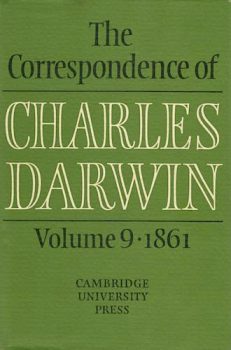
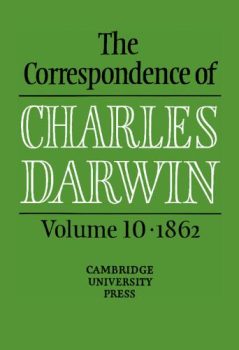
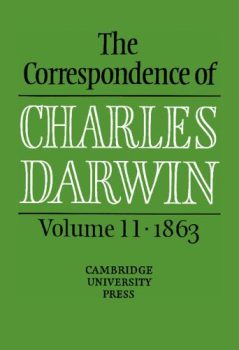
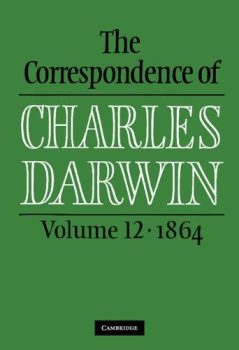
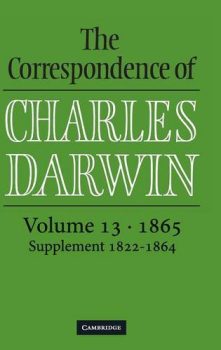
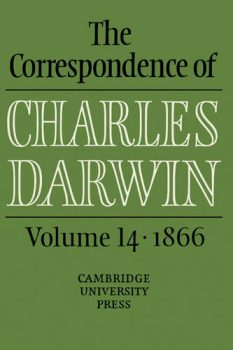
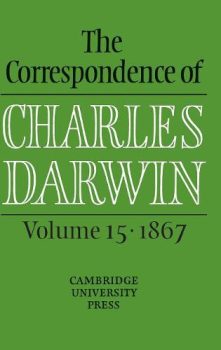
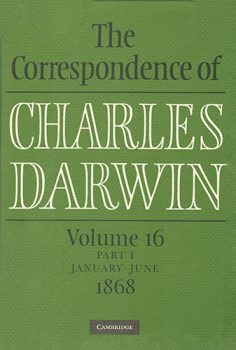
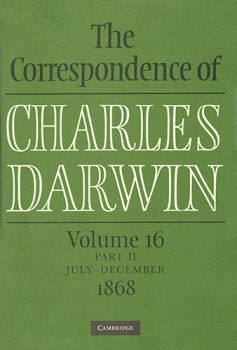
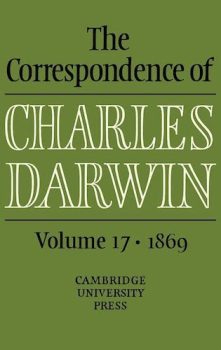
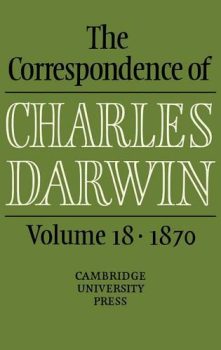
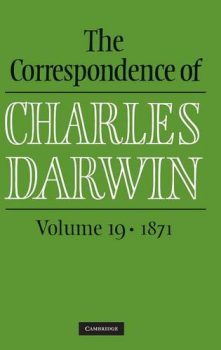
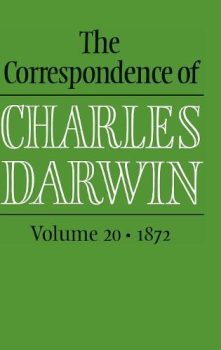
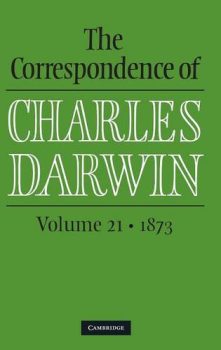
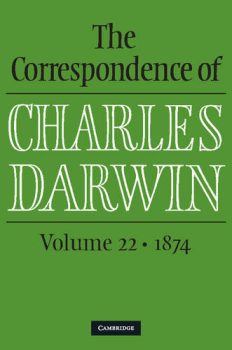
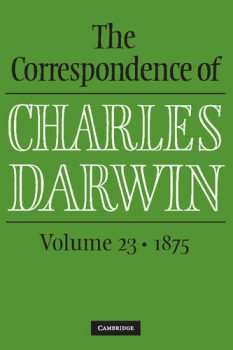
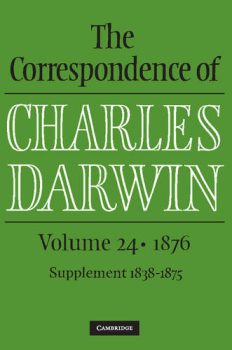
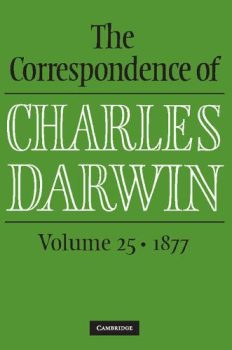



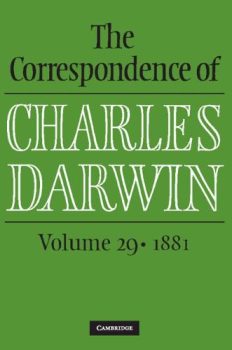
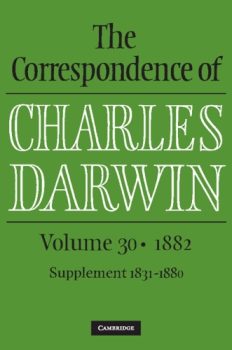

Leave a Reply